-
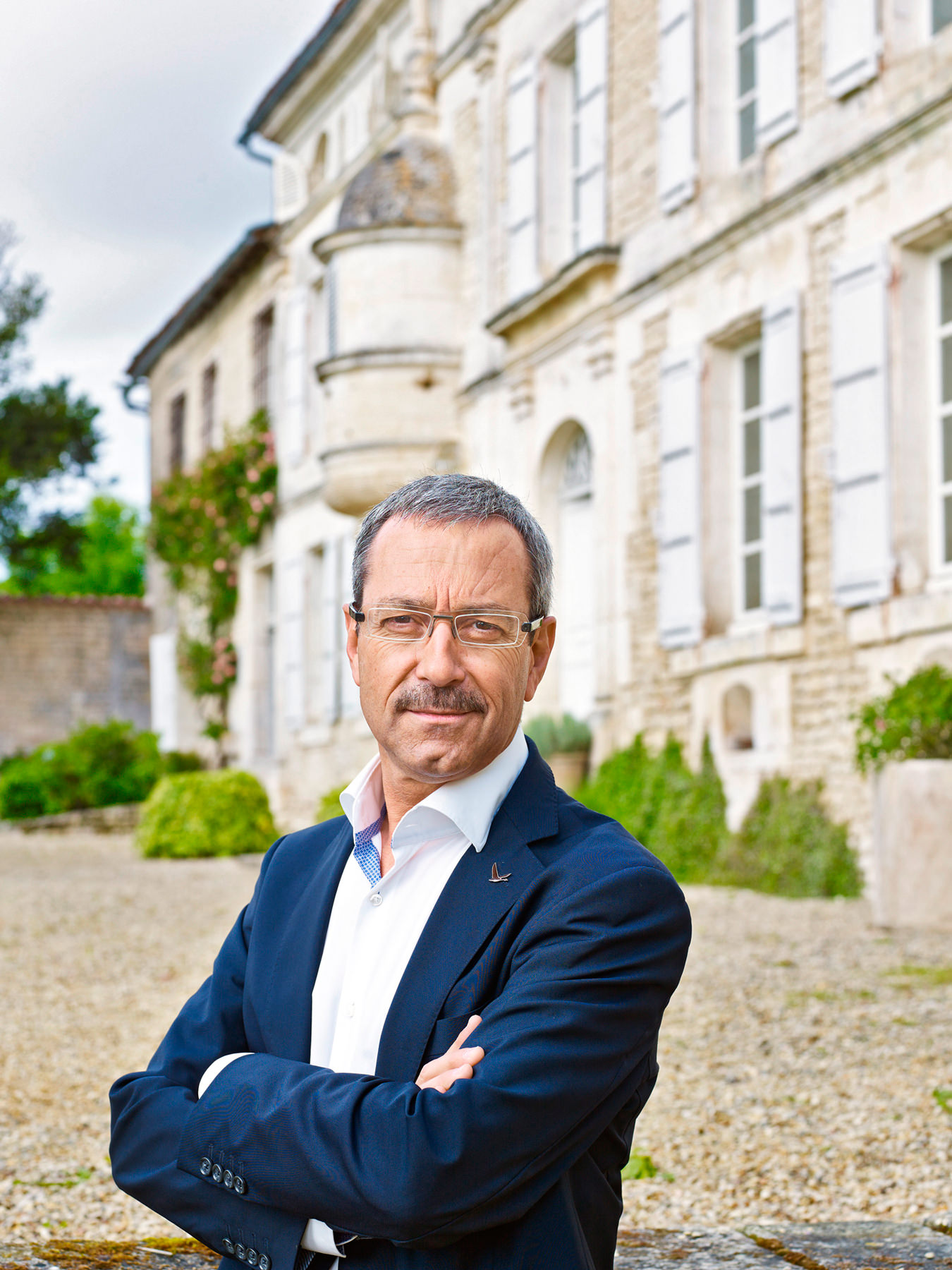
Grey Goose’s creator, François Thibault.
-
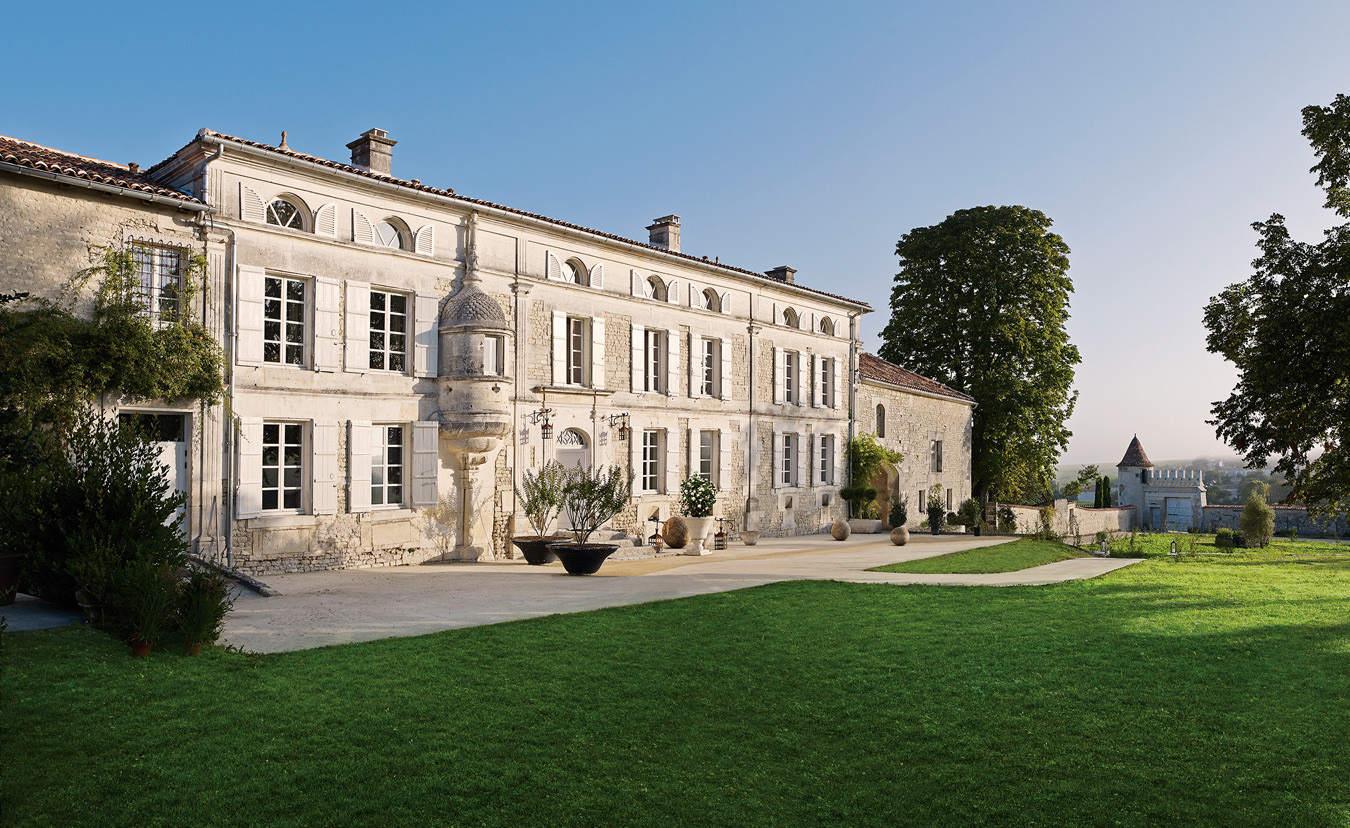
Le Logis, the home of Grey Goose, in Cognac, France.
-
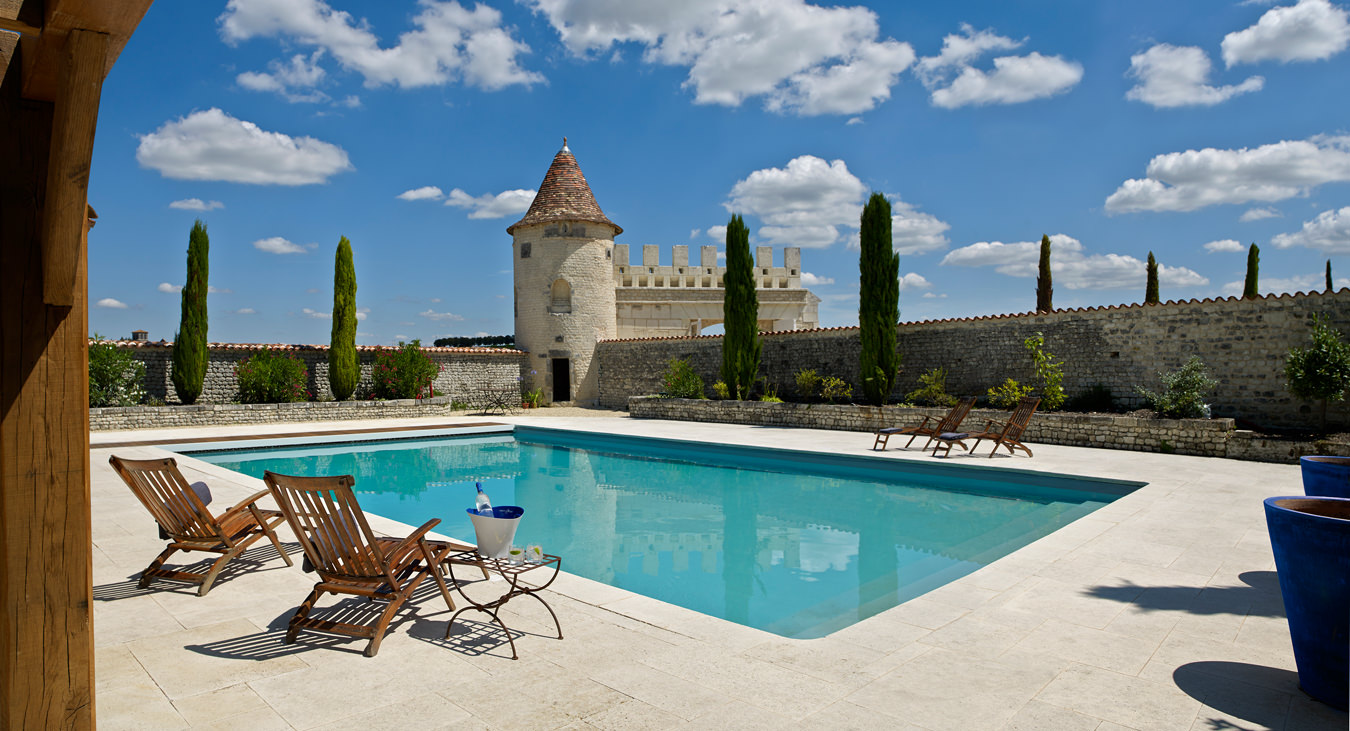
Thibault wanted to keep the Grey Goose maison small and intimate, but the restored 17th-century manor house feels every bit a castle.
-
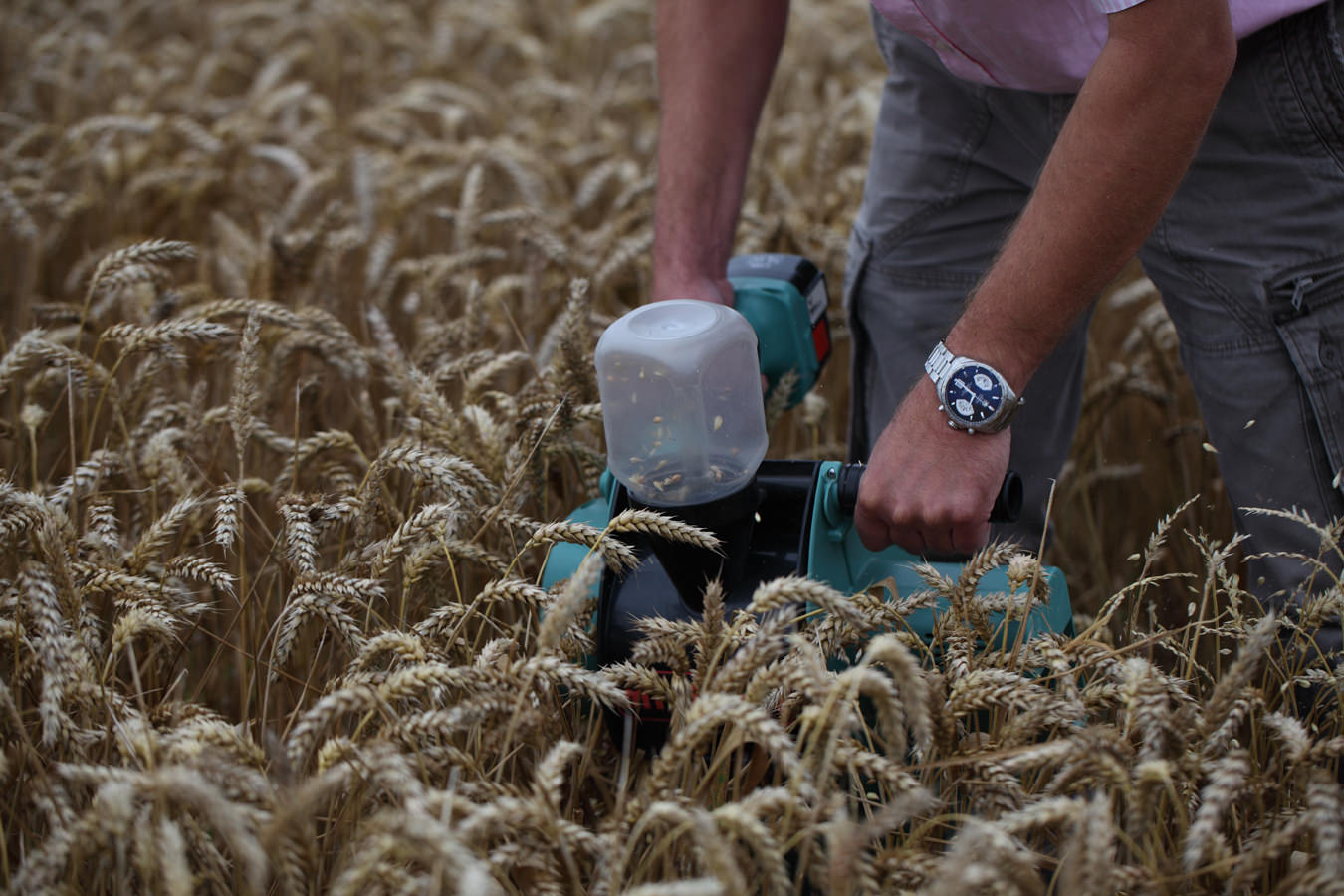
At Le Logis’ bakery, guests can bake bread using the very wheat that Grey Goose is made with.
-
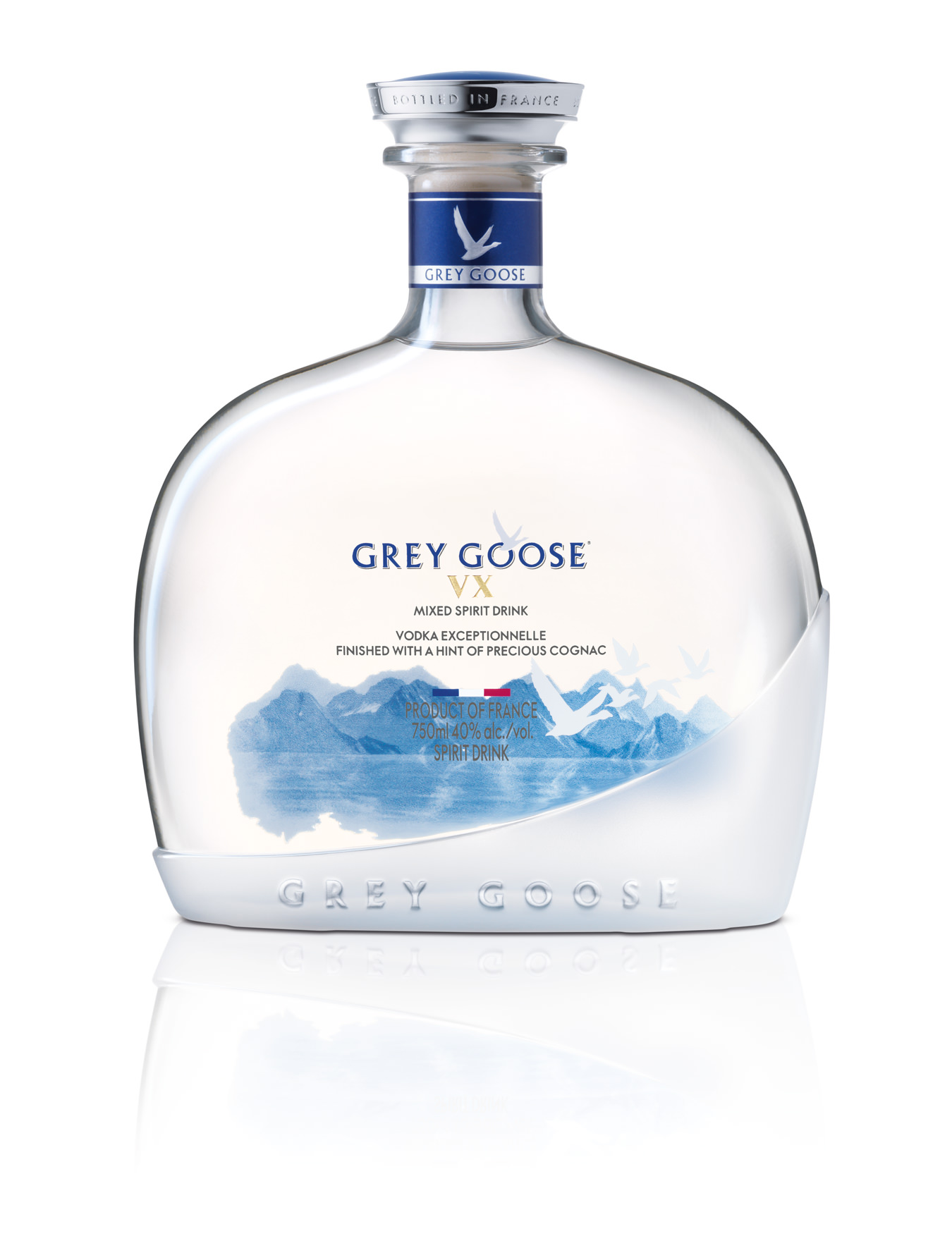
Grey Goose VX.
François Thibault of Grey Goose
Man of the house.

From the air, Bordeaux is a checkerboard of red roofs, neat vineyards, and narrow roads slicing through the terroir. Step into the small airport in southwestern France, where advertisements shout vin and cognac, and there’s no question: this is grape country. Drive north, to Cognac, to cross the chalky soil that gives life to some of the world’s most exquisite grapes, plucked from vines and distilled into fragrant eaux-de-vie for cognac. But a different sort of premium spirit calls this region home too, a clear, almost odourless blend: Grey Goose vodka.
Though its origins are in France, Grey Goose is the brainchild of American liquor baron Sidney Frank, perhaps best known for importing the likes of Jägermeister and Jacques Cardin. In 1996, the brand-building businessman noticed a gap in the market for high-end vodka, conjuring up a name for a new product in the middle of the night and calling a colleague to exclaim, “It’s Grey Goose!” At that point, he still needed a distillery, a bottle design, and, well, a vodka.

At Le Logis’ bakery, guests can bake bread using the very wheat that Grey Goose is made with.
Enter François Thibault. “The very DNA of the spirit is in Cognac,” says the 57-year-old creator of Grey Goose, right at home at Le Logis, the company’s château. “It all began right here,” he says, sweeping a hand across the horizon as a maestro might command an orchestra.
Grey Goose is one of the young success stories in the spirits world. The 19-year-old French vodka draws on generations of tradition and calls a 17th-century château in Cognac home.
Born in the region, to a family of grape growers, Thibault studied oenology at the University of Bordeaux before becoming a cellar master. “Something we say here is, ‘I drink my father’s and my grandfather’s cognac, but I make my cognac for my sons.’ ” Thibault smiles. “That is key. With cognac, you must learn from a mentor—usually the mentor in each house changes every 40 years. But I only stayed as a cellar master for 25 years, because then I met Sidney Frank.”
In the mid-1990s, Frank approached Thibault to create his vodka, but at first, the cognac connoisseur felt unsure. “I said, ‘I’m very sorry, there is no vodka in my cellar.’ And [Frank] said, ‘I know that, but the vodka I want to make has never been made yet.’ So, I said yes.” Well armed with the knowledge of spirits production as a cognac maître de chai, Thibault altered his focus and got straight to work on a vodka blend.

You could say that the brand came before the product—the Goose before the egg—but what a golden egg it turned out to be. Frank sold the French luxury brand in 2004 to Bacardi for around $2-billion (U.S.), and today the Grey Goose portfolio comprises seven different vodka blends. (Recorded volume sales hit 4-million cases worldwide in 2014.) At Le Logis, a restored 17th-century manor house, the world’s leading bartenders and special guests are invited to discover the spectrum of Grey Goose’s world. There is a state-of-the-art tasting room; a Goose logo–emblazoned swimming pool; and a boulangerie where guests can bake bread using the very wheat that Grey Goose is made with. In August, Le Logis opened its doors to the public for the very first time, booking in guests for two immersive weekends to uncover what lies behind the brand.
“We don’t want to give the impression of being in a castle, nor a hotel, or a museum,” explains Thibault carefully. “A lot of brands have their own houses and they look exactly like a museum inside. We wanted to keep it quite small, intimate.” Still, with its bird’s-eye view of the tiny Juillac–le–Coq village and surrounded by grapevines, Le Logis feels every bit a castle.
“Le Logis is a place where you touch and feel the brand in a direct and intimate way,” adds Joe McCanta, Grey Goose global ambassador. The affable McCanta was born in Southern California, but lives in London when not travelling the world as brand ambassador for Grey Goose. “The same thing is true for top bartenders—for them to be able to come and experience the world we talk about. It is a window to all of our processes at Grey Goose.” One favourite space is the mixology room, a dream bar decked out with shelves of rare liquors for creative mixing sessions. Of course, it includes some of Grey Goose’s unique bottles too.
A large team may make the product, but Thibault is its master.
Grey Goose VX is a premier blend vodka with an aromatic hint of distilled cognac (for which some of the grapes grown behind Le Logis are used). “It is a mixed-spirit drink, a brand-new type of spirit, with flavours of jasmine, peach, apricot, and pear,” Thibault says. Another first-time innovation recently debuted, a vodka gastronomique interpreted by Michelin-starred chef Alain Ducasse. “It is a top, top luxury product,” explains Thibault of the spirit, which is currently available in France and will remain a limited edition. “I chose Alain for two reasons. He is world recognized, but I also noticed that he had chosen Grey Goose for his bars.” Ducasse’s special blend is made from wheat toasted in three ways: light, medium, and heavy. (Normally, Grey Goose is made using a uniform toasting of wheat.) “This hasn’t been done before. We never want to get stuck in a routine at Grey Goose.”

Thibault wanted to keep the Grey Goose maison small and intimate, but the restored 17th-century manor house feels every bit a castle.
That soft winter wheat is collected in the northern region of Picardy, France, from three different co-operatives and used for all blends of Grey Goose. “Some producers will use food-grain flour, but we use 100 per cent of the grain,” says Thibault. The wheat is taken to a dedicated mill and distillery, where water, grain, and yeast are fermented in six containers, transforming the mixture into a high-proof spirit as sugar levels drop and alcohol levels rise. In addition to the original blend, Grey Goose produces five flavoured vodkas. The first to be developed remains the bestseller: l’orange. It is made using Florida oranges, while the other flavours’ fruits—lemon, pear, melon (not available in Canada), and cherry—are harvested in France. Each flavour took three years to develop with the help of aromatic technicians in Grasse, where the fruit is taken to be macerated. “We pick it at the maximum level of aroma, not sweetness,” says McCanta, noting that no sugar is added. “The goal is to create the perfect reflection of freshly picked fruit.”
A large team may make the product, but Thibault is its master. He is the only individual who can give approval for the spirit to be sent down to Cognac where the bottling and final blending takes place (a 15-minute drive from Le Logis). “We do this blending here in Cognac solely because of the limestone-filtered spring water—it is, simply, the best.”
Grey Goose is born from the hands of a man well versed in craftsmanship, and, like all successful creations, Thibault’s quest for perfection is critical to its success. “People always ask me what the most important step is in the process,” he says. “And I always say, ‘All of them.’ If you want very high quality like this, every step is the most important.”








